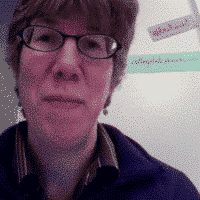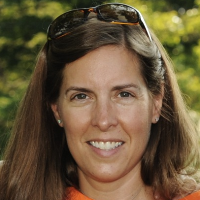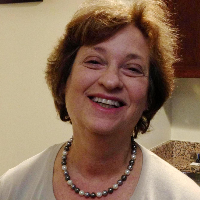What every student (and parent) needs to hear when a college says “no thanks”
Once upon a time, high school students would hang out by the mailbox hoping for the the delivery of the big fat envelope. If the envelope was small and slim, they might walk around the block a few times before reluctanctly opening it and realizing a vanished college dream. The days of reckoning are now upon us, but the news no longer comes wrapped in paper. By the end of March, high school students will have heard from colleges with either a short, brief email of “admissions denied” or a flashing computer screen, shouting “YOU’RE IN.”
There’s no need to contemplate the joys of many acceptance letters. The only concern for these students is which of many offers to accept and what school to visit during Spring break when colleges host events for admitted students. But for the student who is receiving multiple letters of admissions denial, or even one letter from a particularly revered institution, the effect can be heartbreaking.
Last year, a,student learned of a denial from UC San Diego with a brief and impersonal email message, “Thank you for logging in to the UC San Diego application status site for Fall Quarter undergraduate applicants. We have carefully reviewed your application and regret that we are unable to offer you admission to the University of California, San Diego. The selection process was very difficult this year due to a record number of highly competitive applicants.”
News sources have consistently reported record college applications during this year’s filing period. The colleges haven’t grown in size, and many have downsized due to budget cuts and limitations in financial aid. Appeals are not accepted at either Stanford or at Occidental College in Southern California. At Occidental, James Tranquada, Director of Communications, said that they try to help the student understand the difficulty with which decisions are made. “Because we are delivering what can be disappointing news, we try to strike a balance between appreciation for their decision to apply and a sense of the competitiveness of our process. We also try to convey how much effort we put into our reading process and that every application is carefully reviewed before any decision is made,” said Tranquada.
How students deal with the rejection from one school, and remain confident and positive while they await word from others, has a lot to do with students’ prior experiences with struggles and obstacles. In an interview with prominent San Francisco child and adolescent therapist Julie Robbins LCSW, she discussed the coping mechanisms, anger, and denial experienced by the families she has counseled over her thirty years of practice.
Robbins explained that the responses of students are as varied as the population itself. Students’ reactions to letters of denial are influenced by three factors. First, their response will be influenced by any pre-existing mental health issues a student may be dealing with. If a child already has fears, paranoia, depression, or a host of other social or emotional difficulties, then the rejection may be experienced with heightened anxiety. Conversely, a teen whose predisposition is relaxed and confident may be able to deal with denials without a lot of emotion and drama.
Second, a student’s reaction will be greatly dependent on how the college process has been presented to him or her by the parents. If parents have expressed a value and philosophy that an acceptance into any college will be applauded, then students won’t experience the devastation of their disappointed parents on top of their own sadness. If parents have good communication with their child and have reveled in all their accomplishments thus far, then rejections will be tempered with a lot of parental support. Additionally, if students have experienced other disappointments and struggles, they are likely to handle a college denial with the same strategies that have been successful for them in the past. Their experiences of not being cast in a school play, not making the sports team, or getting average grades while putting in a lot of effort, have provided them with prior models of coping and moving on.
But for students who have a history of high parental expectations, entitlement, and pressure to succeed beginning in early childhood, a coveted school’s denial can have deep and tragic ramifications. For parents who believe that their student should belong within the 6% of acceptances at Stanford, the fact that 94% percent aren’t admitted is irrelevant. These parents communicate to the child that he or she has personally failed and disapproves of any acceptance that doesn’t put their student into a highly selective school. Parents who model rejection with personal blame and failure will have students who experience the most pain in this process. For students with an inherent personality that predisposes them to acceptance of life’s disappontments, this character trait may not be strong enough tp be a buffer from the unrealistic expectations of parents who accept nothing less than what they perceive as “the best.”
Students who feel immense disappointment that leads to profound sadness and an inability to continue focusing on school and other activities, should seek counseling provided by their school or within their community. They should remember, as should their parents, that success comes in many forms. While the door to a highly selective college may be opened to some, it doesn’t mean that a future of great accomplishment and satisfaction is closed to everyone else. With over four thousand colleges in the United States and an unrivaled history of excellence in higher education, students who are motivated to study, to be engaged, to be adventurous, and to persevere against obstacles with strength and resiliency, will do just fine. Hopefully, their parents will too.













































